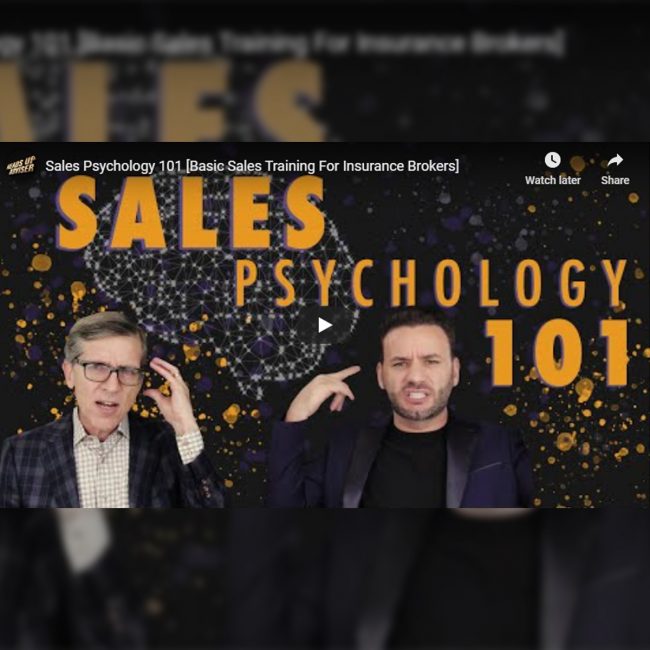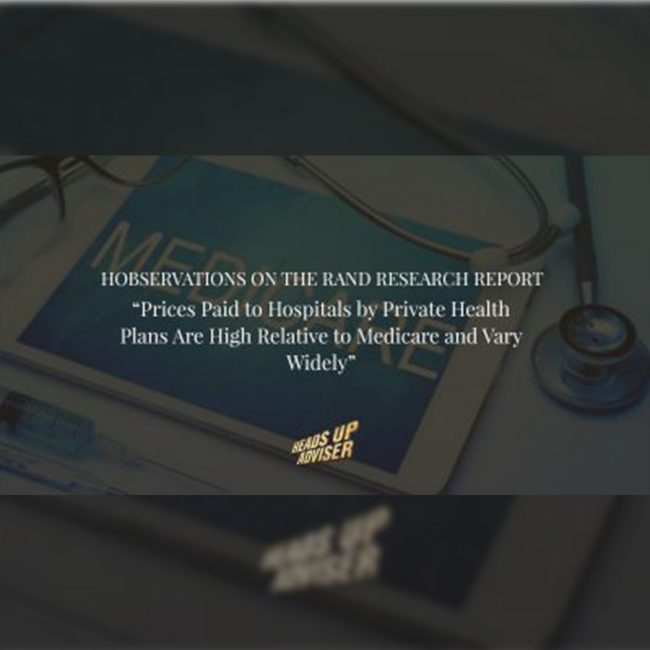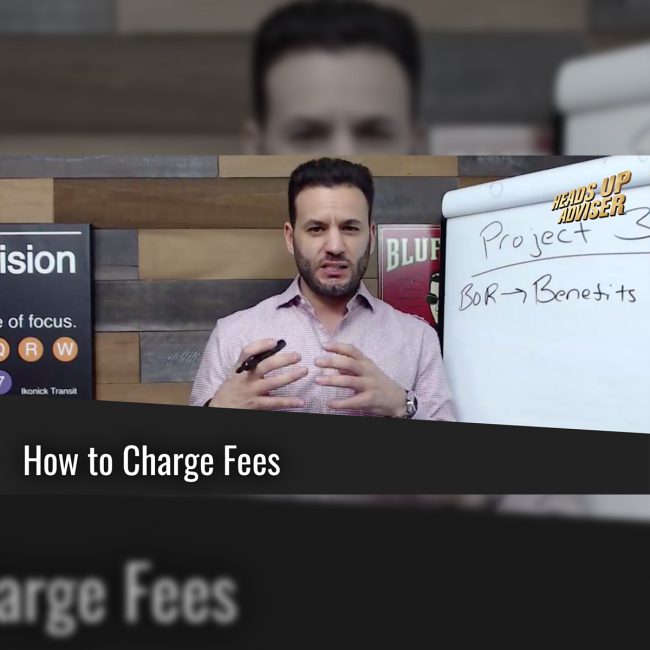Sales Psychology 101
Sales Psychology 101
You can have numerous meetings with the company, talk to every single person there, prepare a great offer, but still be left on hold with the decision-making process. Then one day, your competitor walks in and closes the deal right there.
You worked on it for months – the prospect awarded the business in a couple of days (to someone else - they got it). Does that sound familiar? Has this ever happened to you?
In this episode of the "Heads Up Adviser" show hosts - John Sbrocco and Craig Lack will talk about the importance of the 6 Human Needs of every person on the planet (including your prospects).
They discuss the difference between selling and free consulting, what are the right questions you should ask your prospect and why being the smartest person in the room will not help you in closing a sale or allowing a prospect to conclude you are the best option.
THE 6 HUMAN NEEDS by Tony Robbins
CERTAINTY - Everyone needs Certainty, so they can avoid pain, or ideally, achieve some pleasure.
VARIETY - Pleasant surprises or scary interruptions to the patterns in our lives are appreciated
SIGNIFICANCE - How important is the role you play in this world, your company, with your employees
CONNECTION AND LOVE - Human beings need companionship, to feel loved and to have relationships
GROWTH - If the business isn’t growing - it's dying
CONTRIBUTION - Human beings are wired by evolution to survive, help each other and feed their ego
OUTLINE OF THE EPISODE
- [6:45] - The #1 priority for the human brain to avoid pain and losses. Not to achieve pleasure.
- [10:13] - 6 Human Needs (that apply to everyone).
- [12:26] - Selling vs. Free Consulting
- [19:41] - Talk to the decision-makers, not influencers.
- [20:53] - How to make your prospect talk about the problems
- [25:29] - Why free consulting can harm your brokerage business
- [29:47] - Secret to closing the deal? Make your prospect think about the problem.
To a better you!
John Sbrocco and Craig Lack
For a weekly dose of inspiration for healthcare brokers by healthcare brokers, subscribe to our blog.

Stay connected and inspired























